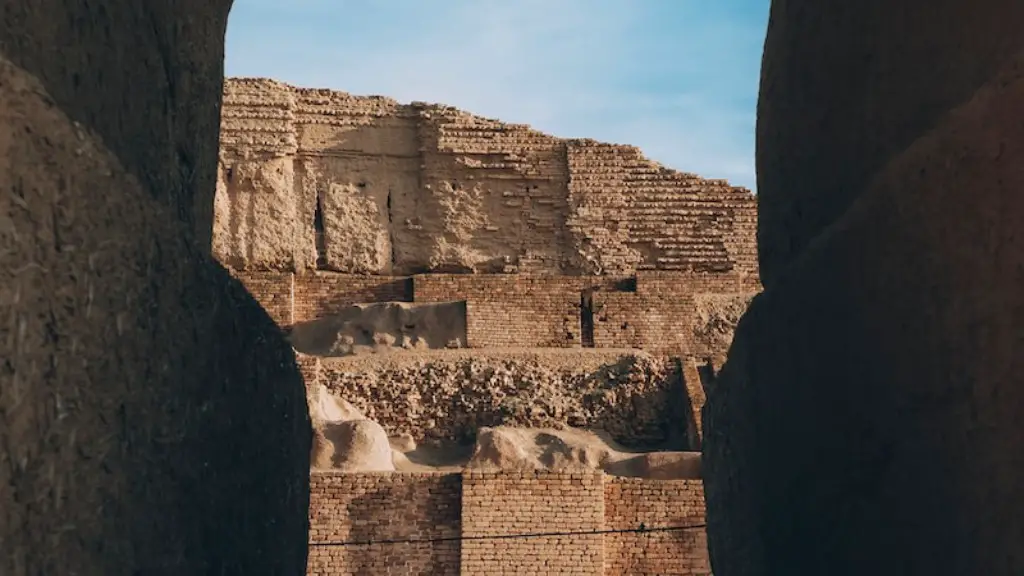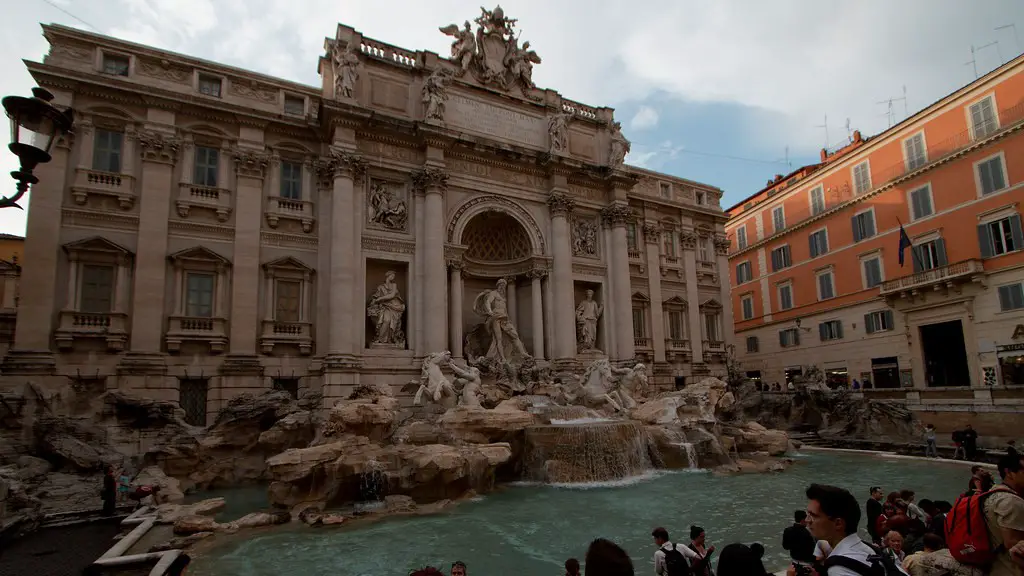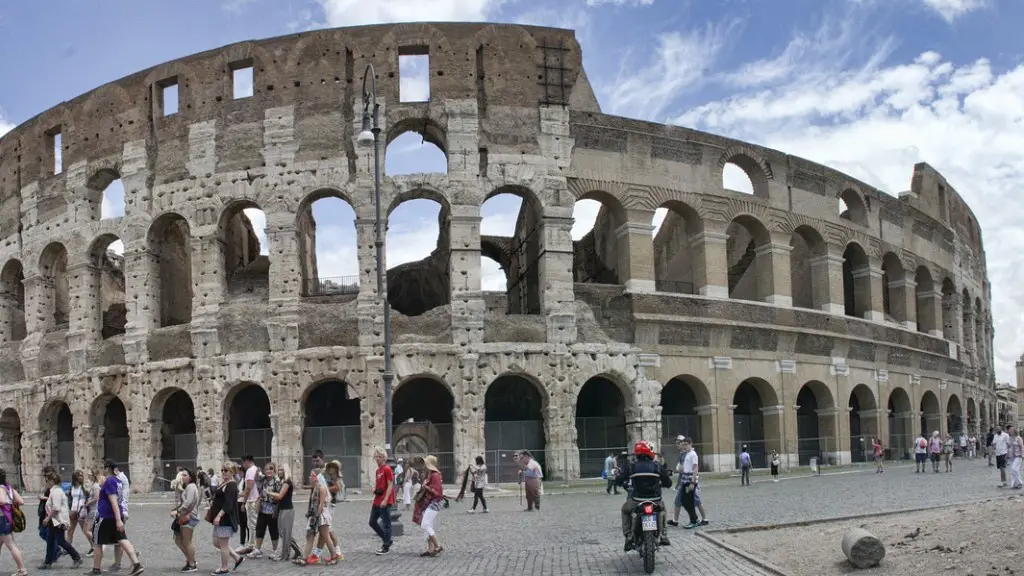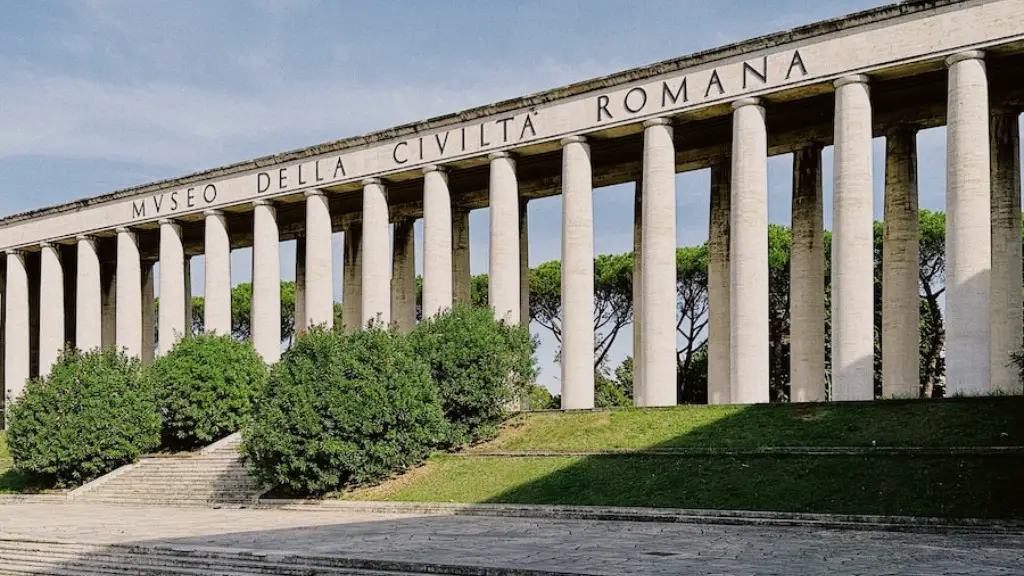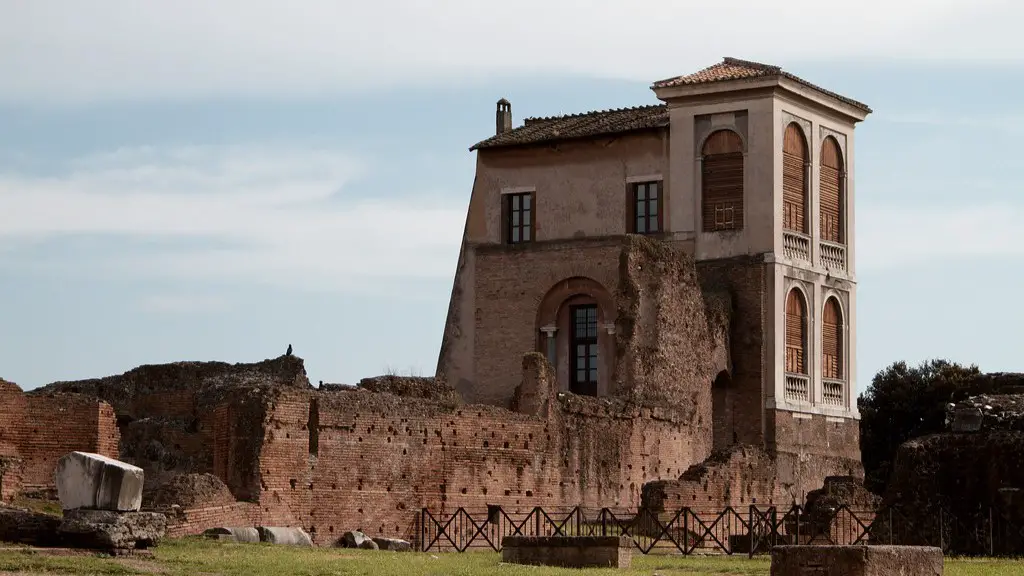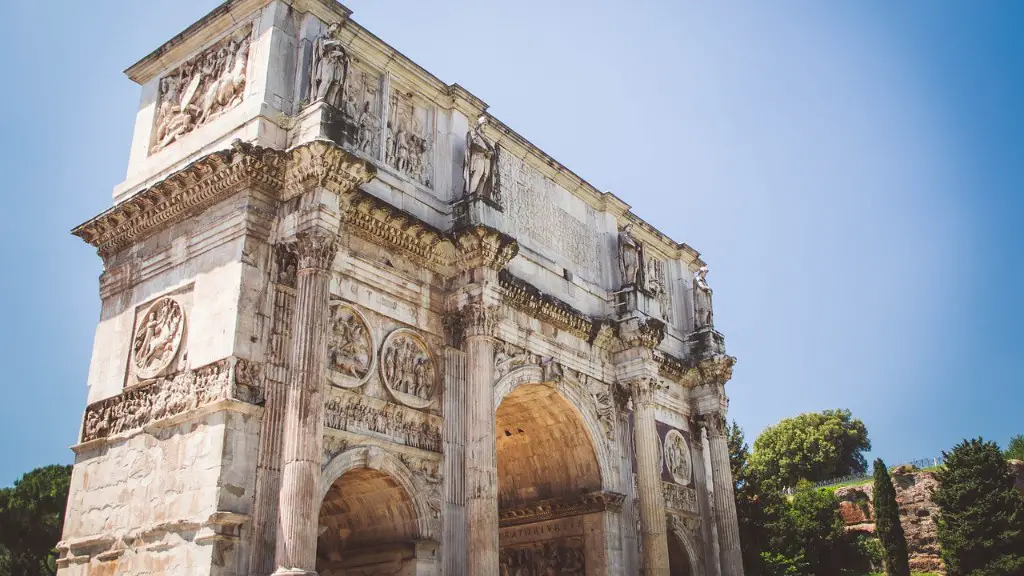Ancient Rome is one of the great civilizations of history. It had many notable achievements in art, literature, and architecture. It also had a complex political system and a rich cultural heritage. This great civilization is similar to today in many ways. Like many modern nations, Ancient Rome was founded on the idea of a republic, where power rested in the hands of elected officials. The Roman Republic was ruled by two consuls, who were elected by the people. This system of government is similar to the systems used in many modern democracies. Ancient Rome also had a strong military tradition. The Roman army was one of the most powerful in the ancient world. It conquered many lands and was instrumental in the establishment of the Roman Empire. Like many modern nations, the Roman army was a source of pride for the people. Ancient Rome also had a thriving economy. This was due in part to the fact that Rome was located at the crossroads of major trade routes. The Roman economy was based on agriculture, trade, and manufacturing. This is similar to the modern economy, which is also based on agriculture, trade, and manufacturing.
There are many ways in which ancient Rome is similar to today. For example, both Rome and today’s world are complex societies with many different social classes. Both Rome and today’s world have a complex political system, with various institutions and laws. Both Rome and today’s world have a rich cultural heritage, with many different art forms and traditions.
How does ancient Rome relate to today?
The legacy of Ancient Rome is still felt today in western culture in areas such as government, law, language, architecture, engineering, and religion. Many modern-day governments are modeled after the Roman Republic, which was a model of government that was based on the rule of law. The Roman Republic was founded on the idea that all citizens were equal under the law, and that the government should be run by elected officials. This system of government was so successful that it was copied by many other cultures, including the United States.
The Roman Empire was one of the most influential empires in history. Though it has been thousands of years since the empire flourished, we can still see evidence of it in our art, architecture, technology, literature, language, and law. From bridges and stadiums to books and the words we hear every day, the ancient Romans have left their mark on our world.
How is modern day America similar to ancient Rome
The influence of Ancient Rome on America is evident in many aspects of our society. From the laws we have in place to the literature and buildings we have, it’s clear that the Roman way of life has had a significant impact on the way we live today. Even something as simple as clean water can be traced back to the Romans. Without their innovative ideas and way of life, America would not be the same.
It is interesting to note that both Rome and the United States have used the three branches of government, namely the Executive, Legislative, and Judicial branches. All the citizens in Rome had to abide by rights and laws made by the branches of government just like the citizens of the United States. This just goes to show that even though these two countries are different, they still have some similarities.
What did the Romans invent that we still use today?
The ancient Romans are famous for their longstanding structures, many of which are still standing today. This is thanks to their invention of hydraulic cement-based concrete, which is the basis for the concrete we use today. This type of concrete is extremely strong and durable, and can withstand the elements for centuries. It’s no wonder that so many of the Roman buildings are still standing today!
The US government and the Roman Republic both have the Executive and Legislative Branches in their government. The Roman Republic and US Government both have a set of checks and balances. The President in the US can veto a bill, but the Congress can override the veto with a two-thirds vote. In the Roman Republic, the Senate could veto a bill, but the Assembly could override the veto with a two-thirds vote.
What US city is Rome comparable to?
Chicago and Rome are both located along the 41st latitude, which makes for an interesting map game. Both cities are known for their love of pizza, but they also share a number of other similarities. Both cities are located in industrialized countries with a rich history and a diverse population. Both cities are also major cultural and artistic centers, with a wealth of museums, theaters, and other attractions.
It is evident that the Founding Fathers were greatly influenced by the Roman Constitution when framing our own. This is seen in the inclusion of features such as checks and balances, a bicameral legislature, and term limits and age requirements. In some cases, the Founders even used terms from the Roman Constitution verbatim, such as “senate,” “capitol,” and “committee.” It is clear that the Constitution of the United States was heavily influenced by its predecessor.
What civilization is similar to Rome
The Greco-Roman world refers to the cultural and social world of classical antiquity that was created by the fusion of classical Greek and Roman cultures. This world was characterized by its shared Greco-Roman identity, which was based on common values, beliefs, and traditions.
The pandemic has forced us to change the way we live and work. Many businesses have been forced to close their doors, but some have been able to adapt and even thrive in the new reality. One of the most important things that we’ve been able to hold onto during this time is our sense of community. We may be physically distanced from one another, but we’re more connected than ever before.
Looking back on everything that’s happened over the past year, there are some things that we’re never going to take for granted again. Here are just a few of the things that we now appreciate more than ever:
– Our health and the health of our loved ones
– The ability to travel and explore the world
– The simple act of being able to hug someone
We’ll never know what tomorrow brings, but we’re hopeful that the future will be brighter than ever before.
What Roman laws are still used today?
It is truly amazing how many aspects of Roman law and the Roman Constitution are still used in modern times. The concepts of checks and balances, vetoes, separation of powers, term limits, and regular elections all have their origins in Rome. It is a testament to the wisdom of the Roman lawmakers that so many of their ideas are still relevant and useful today.
The three branches of government in Ancient Rome were the executive, legislative, and judicial branches. The executive branch was made up of two consuls, who were elected by Roman landowners for one-year terms. The legislative branch was made up of the Roman Senate, which was a body of aristocrats. The judicial branch was made up of the Roman courts, which heard cases and rendered decisions.
What are 3 similarities between the United States and the Roman Republic
The Roman Republic and the United States both have a tripartite system of government, meaning that the government is made up of three branches: legislative, judicial, and executive. Both governments have the power to veto.
Roman law has had a significant influence on the development of legal ideas and concepts in the Western world. Many of the key principles and rules that underpin our modern legal system can be traced back to Roman law. This includes important ideas like trial by jury, civil rights, contracts, personal property, legal wills, and corporations. The Roman way of looking at things has shaped how we understand and interpret the law today.
What are three ways the Roman Republic was similar to modern democracy?
There are three ways in which the Roman government is similar to the American government:
They both have three branches of government
They both allow citizens to vote and run for office
The rule of law applies the same to everyone, like in the United States.
Although Italy and California may be similar in size, they certainly offer different experiences. Italy is home to some of the world’s most renowned art, fashion, and cuisine, while California is known for its diverse landscape and relaxed lifestyle. Which one sounds more appealing to you?
How is Italy similar to the United States
Italian-Americans have made significant contributions to the United States in a wide range of fields, including the arts, business, cuisine, engineering, music, politics, and science. Italian-Americans have also played a significant role in the development of American popular culture.
Today, more than 20 million Americans proudly claim Italian heritage, making it one of the largest ethnic groups in the country. Italian-Americans are a vibrant and vital part of our nation, and we are committed to promoting and celebrating their contributions to American life.
Although California and Italy are vastly different in terms of their cultures, they actually have a lot in common when it comes to their geography and climate. California is often referred to as the “Golden State” because of its beautiful weather and stunning landscapes. Similarly, Italy is known for its picturesque villages, rolling hills, and stunning coastline. In fact, several places in California actually look like they could be in Italy! This includes Julia Pfeiffer Burns State Park, Healdsburg, and Castello di Amorosa in Napa Valley. So if you’re looking for a taste of Italy without actually having to travel there, California is the place to go!
Final Words
I’m not sure what you are asking.
There are many ways that ancient Rome is similar to today. For example, both have complex political systems, a rich cultural heritage, and a long history. However, there are also some major differences, such as the size and power of Rome, and the fact that Rome was a republic whereas today is a superpower.
